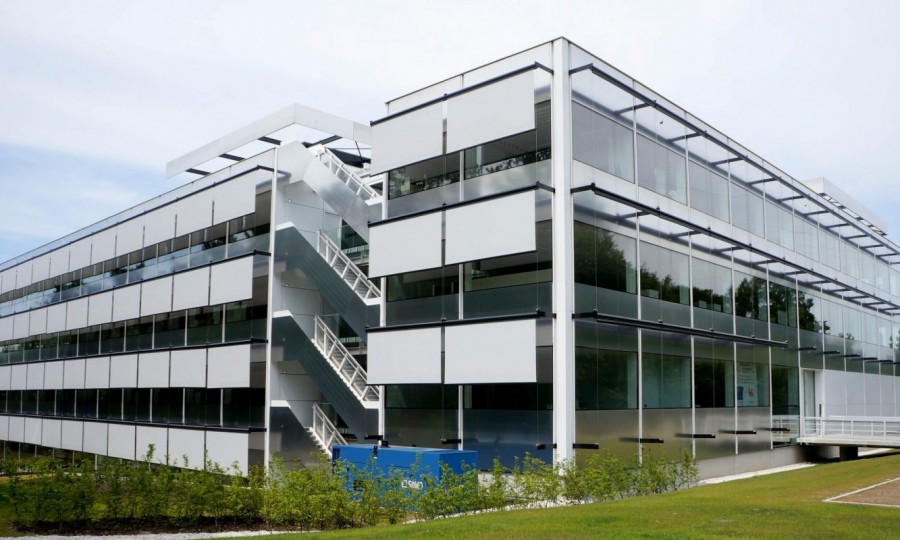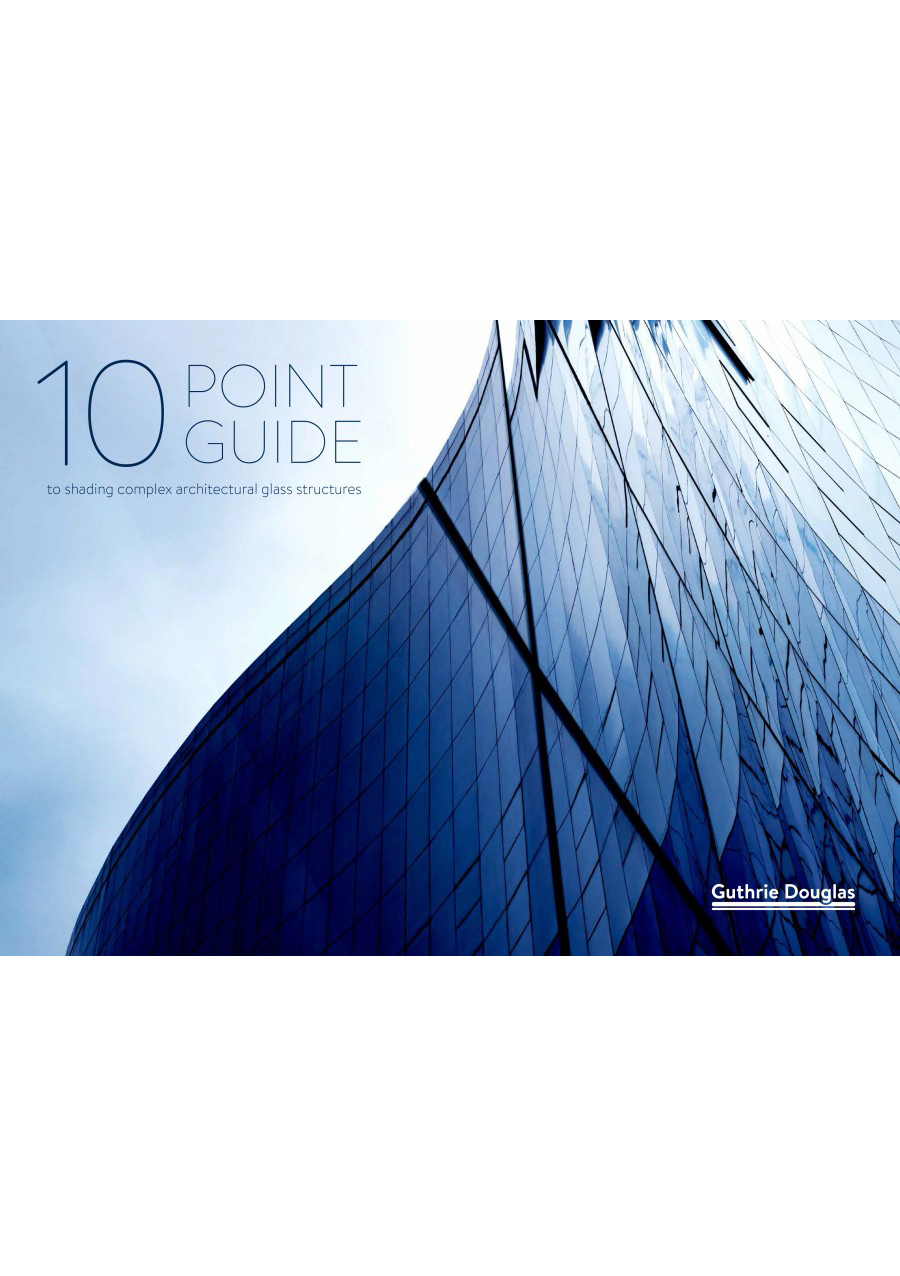Ask any shading expert or building physicist for their advice on the best solution for reducing solar heat gain and they will immediately tell you to put the blinds on the outside. External shading systems can reduce heat gain to almost zero, and result in savings of some 65% on air conditioning costs. They remove the internal clutter of boxes or rollers around your windows, and can even provide insulation in winter. There is only one problem: the weather. For external systems to perform well, they must withstand precipitation, extreme temperatures and, most crucially, strong winds.
In recent years, thanks to the growing recognition of external blinds amongst specifiers, it has become harder to escape noisy sales messages about wind resistance and increasingly bold statements about wind speeds and product thresholds. At European level, a number of interrelated and complex standards have now been introduced or updated to regulate this area.

The wind is a powerful force. Even modern wind turbines are designed to be switched off at 100 km/h. In fact, during high winds, wind farms are evacuated and nearby footpaths and roads are closed.
If this is the effect the wind can have on structures designed to harness its force, imagine its potential effects on a sheet of fabric attached to the side of a building. It is for good reason that external shading systems are therefore regulated by European Norms under the Construction Related Products regulations (CPR), with mandatory CE marking of these products introduced in June 2013.
Whilst it is crucial for architects and design teams to have an awareness of the key points when specifying shading solutions, the plethora of interrelated standards that regulate shading systems does not exactly make for light bedtime reading.
In Europe, product manufacturers must:
- CE mark external blinds to these classifications, or specify that they are not classified
- Define a windspeed over which blinds must be retracted
- Verify that non-retractable parts of their products can withstand 800 N/m2 without deformation.
For more information please visit the Guthrie Douglas website here.













